
Botox and dermal fillers stand out as two of the most popular and successful procedures in the cosmetic business for restoring a young appearance. Anyone considering a cosmetic improvement must be aware of the differences between each and the uses for each. This thorough book delves deeply into the world of Botox and fillers, illuminating the advantages, distinctions, and applicability for diverse aesthetic objectives.
Botox, a brand name for Botulinum Toxin Type A, is well known for its capacity to eliminate wrinkles and fine lines, giving the user a more youthful and refreshed appearance. Botox, a neurotoxin made by the bacterium Clostridium botulinum, temporarily paralyzes the underlying muscles that cause wrinkles, smoothing out the skin and making it appear more youthful.
Applications of Botox:
The normal duration of a Botox treatment is three to six months, though this might vary based on the patient's metabolism, the area being treated, and the dosage.
On the other hand, dermal fillers refer to a broad spectrum of goods intended to give the skin more volume, lift, and plumpness. The majority of fillers contain hyaluronic acid, a chemical that occurs naturally in the body that helps to retain moisture and stimulate the creation of collagen.
Applications of Fillers:
The results of fillers might last anywhere between six months and two years or more, depending on the type and brand.
Mechanism of Action:
Botox: With Botox, wrinkles can be reduced by relaxing the underlying muscles.
Fillers: Increase the skin's volume and suppleness while smoothing out wrinkles and folds.
Treatment Areas:
Botox: Botox is mostly used to treat dynamic wrinkles caused by muscular activity, like crow's feet and forehead lines.
Fillers: Fillers are excellent for static wrinkles and volume loss, including thin lips and nasolabial folds.
Composition:
Botox: Botulinum Toxin Type A.
Fillers: Hyaluronic acid, calcium hydroxylapatite, and poly-L-lactic acid are examples of common fillers.
Longevity of Results:
Botox: Results from botox often last three to six months.
Fillers: Depending on the substance, effects might be seen from six months to two years after application.
Choosing the Right Treatment
The choice between Botox and fillers ultimately comes down to the person's cosmetic objectives, region of concern, and desired outcomes' duration. A thorough consultation with a licensed medical expert is necessary to determine eligibility, go over expectations, and create a custom treatment plan.
Risks and Considerations
Although Botox and fillers are generally safe when used by qualified specialists, it's important to be informed of any dangers and adverse effects. These may consist of:
Botox: Botox side effects include bruising, headaches, brief drooping of the eyelids, and flu-like symptoms.
Fillers: Bruising, lumpiness, swelling, redness, swelling, and, in very rare circumstances, tissue loss if injected into a blood artery.
“Dermal fillers and Botox both target many facets of facial aging while providing special age-defying advantages. Understanding the variations between these treatments is essential to attaining your aesthetic goals, whether you want to reduce dynamic wrinkles or replace lost volume. A personalized approach is ensured by consultation with an experienced practitioner, reducing risks and maximizing outcomes for a revitalized, natural, and young appearance.”
While fillers provide volume to fill in wrinkles and improve facial lines, Botox relaxes muscles to minimize wrinkles.
Because it relaxes the underlying muscles, Botox is often more successful for correcting dynamic forehead wrinkles.
Compared to Botox, which normally lasts 3 to 6 months, fillers frequently last longer, with results lasting anywhere from 6 months to 2 years or more.
Both Botox and Fillers are accepted by the FDA for cosmetic usage and are deemed safe when administered by qualified doctors.
Yes, a total face rejuvenation that addresses both dynamic and static wrinkles can be achieved by combining Botox and Fillers.
Botox usually produces results between 3 to 5 days, with the full effects becoming apparent after 2 weeks.
The effects of fillers are visible right away, and they get better over time as the swelling goes down.
The price of Botox varies by geographic region, source, and the quantity needed.
What are the prices of filler procedures?
The price of filler treatments depends on the type of filler used, the quantity required, and the provider.
Can Botox be used for lip enhancement?
By relaxing the muscles around the mouth, Botox can be used to subtly improve the lips, but it does not add volume like fillers.
Which is more painful, Botox or Fillers?
With both treatments, patients often experience only minor discomfort, while fillers may be slightly more uncomfortable because to the bigger needle size.
Are Botox results reversible?
Although the effects of Botox are transient and cannot be undone right away, once they have worn off, normal muscular function will resume.
Are Filler results reversible?
The enzyme hyaluronidase can reverse some fillers, especially those made of hyaluronic acid.
How often will I need Botox touch-ups?
To maintain effects, Botox touch-ups are commonly required every 3 to 6 months.
How often will I need Filler touch-ups?
The time between touch-ups for fillers can range from 6 months to 2 years, depending on the type of filler and the person's metabolism.
Are there different types of Fillers?
Yes, there are several kinds of fillers, such as PMMA, calcium hydroxylapatite, hyaluronic acid, and fillers made of poly-L-lactic acid.
Is there downtime after Botox?
After Botox, there is very little recovery time, and the majority of patients can resume their regular activities right away.
Is there downtime after Fillers?
Although there is little recovery time following Fillers, some individuals may experience swelling or bruising that doesn't go away for a few days.
Can I exercise after Botox?
In order to stop the toxin from spreading, it is typically advised to avoid vigorous exercise for 24 hours after Botox.
Can I exercise after Fillers?
For 24 to 48 hours after having Fillers, patients are typically recommended to refrain from intense exercise to reduce swelling.
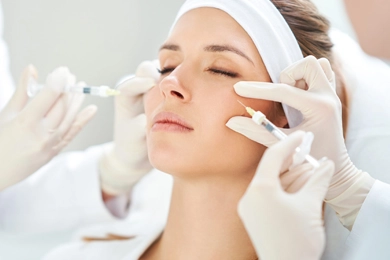 Unlocking the Secrets of Botox: A Comprehensive Guide
Unlocking the Secrets of Botox: A Comprehensive GuideA mainstay in the aesthetic treatment sector, Botox is a word that conjures up images of youth and beauty. Given its potent anti-aging properties and capacity to smooth wrinkles, it is understandable why mil ...
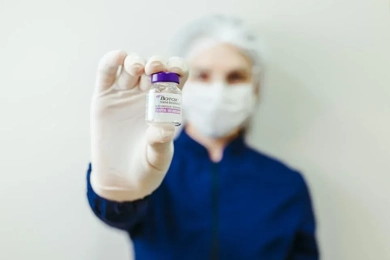 Botox: The Magic Medicine for Everything
Botox: The Magic Medicine for EverythingBotox, or Botulinum toxin as it is known scientifically, has long been associated with aesthetic surgeries meant to minimize wrinkles and fine lines. ...
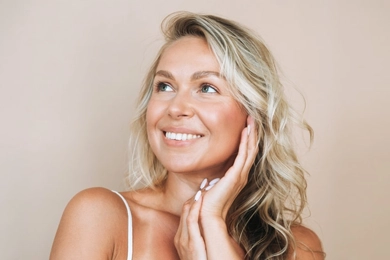 12 Unexpected Botox Benefits You Won't Believe
12 Unexpected Botox Benefits You Won't BelieveBotox, a word frequently associated with the realm of cosmetic beauty, conceals a slew of unexpected benefits beneath its surface that go beyond its conventional use. ...
 A Beginner's Guide to Botox: What to Expect and How to Prepare
A Beginner's Guide to Botox: What to Expect and How to PrepareThis comprehensive guide will outline the following: considerations to bear in mind, anticipations during and following a Botox treatment, and pre-treatment precautions. ...
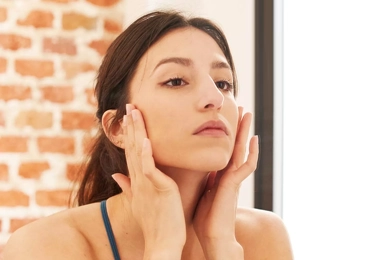 Botox Didn't Work; What Is the Reason for This? What Should I Do?
Botox Didn't Work; What Is the Reason for This? What Should I Do?Botox adverse effects may be attributed to a multitude of factors, including the practitioner's skill, the product's quality, or the physical attributes of the recipient. ...
 50 Things You Need to Know About Botox
50 Things You Need to Know About BotoxBotulinum toxin, which is created by the bacterium Clostridium botulinum, is the source of the drug known as Botox. Although it has a reputation for being able to minimize facial wrinkles, its roots are in m ...
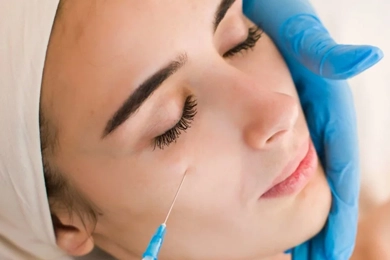 3 Zone Botox
3 Zone BotoxBotox continues to lead non-surgical aesthetic therapies in the large and ever-evolving field of cosmetic treatments. While the fundamentals of Botox are generally understood by most individuals, the idea of ...
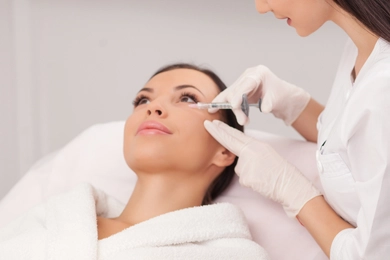 When Does the Effect of Botox Begin and How Long Does It Last?
When Does the Effect of Botox Begin and How Long Does It Last?Botox has grown to be one of the most popular cosmetic procedures in the globe due to its effectiveness in smoothing out wrinkles and fine lines. Potential patients frequently inquire about the beginning and ...
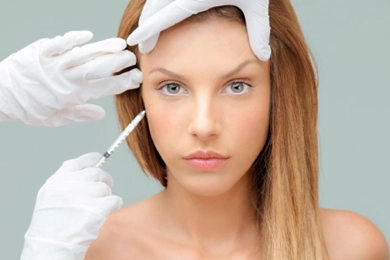 Does Resistance Develop to Botox?
Does Resistance Develop to Botox?Botox, a common non-surgical cosmetic procedure, has changed everything for many people who want to get rid of wrinkles and fine lines. Although the effects are frequently successful, some individuals report ...
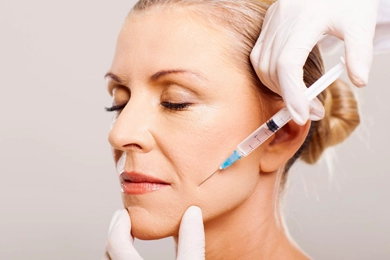 Post-Botox Care: The Do's and Don'ts for Optimal Results
Post-Botox Care: The Do's and Don'ts for Optimal ResultsWith millions of procedures conducted each year, Botox has solidified its position as a top non-surgical aesthetic treatment. Many people appreciate it due to its capacity to lessen wrinkles and give a more ...
 How Frequently Should I Get Botox?
How Frequently Should I Get Botox?Botox has become a buzzword in the aesthetic industry, renowned for its ability to smooth wrinkles and rejuvenate the complexion. However, a common conundrum that many encounter is determining the optimal fr ...
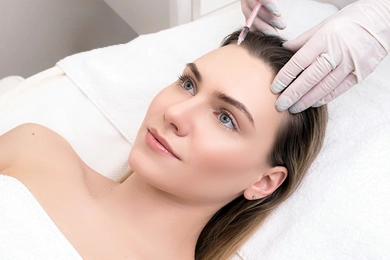 Preventative Botox
Preventative BotoxPreventative Botox stands out as a bright prospect for many in a time when the quest for perpetual youth has gained considerable traction. This cutting-edge technique is becoming more and more well-liked as ...
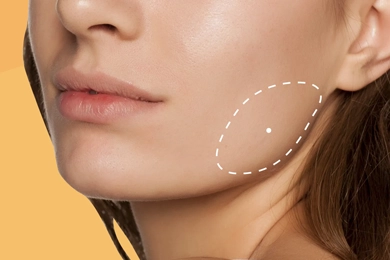 A Comprehensive Look at Botulinum Toxin
A Comprehensive Look at Botulinum ToxinBruxism is the medical term for teeth grinding or clenching, a common condition that many people experience at some point in their lives. ...
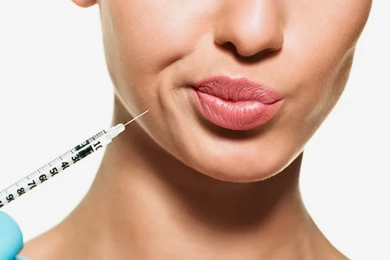 Can The Effects of Botox Be Undone?
Can The Effects of Botox Be Undone?The neurotoxin known as Botox, also known as botulinum toxin type A, has become extremely popular in cosmetic dermatology due to its capacity to minimize the appearance of fine lines and wrinkles. ...
 I Have Had Botox Done, But I Am Not Satisfied
I Have Had Botox Done, But I Am Not SatisfiedThe outcomes of Botox, however, can vary from person to person as with any medical procedure, and occasionally, patients may not be entirely satisfied with the results. Here is what you should do if you find ...
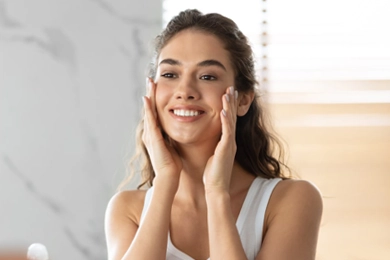 How Long Does Botox Take To Work, Timeline And More
How Long Does Botox Take To Work, Timeline And MoreBotox is a well-known cosmetic procedure that helps to hide facial wrinkles and fine lines. Yet when considering Botox, one of the most frequently asked queries is how long it takes to start working. We will ...
 How Long Does Botox Last?
How Long Does Botox Last?A common cosmetic procedure that aims to lessen the appearance of wrinkles and fine lines is botox. It is frequently applied on frown lines, crow's feet, and forehead lines. But one concern that many people ...
 How to Make Botox Last Longer
How to Make Botox Last LongerHow to Make Botox Last Longer It functions by preventing the signals that tell muscles to contract, which helps the skin become smoother. While Botox's effects are transient, there are strategies to extend i ...
 Botox Aftercare: Things you Should Avoid After Botox Treatment
Botox Aftercare: Things you Should Avoid After Botox TreatmentWhile Botox is a relatively safe procedure, it is important to follow proper aftercare instructions to ensure the best results. In this blog post, we will discuss things you should avoid after Botox treatmen ...
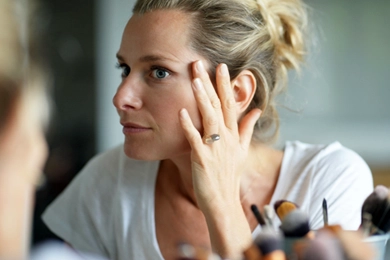 What Happens If I Stop Getting Botox Injections?
What Happens If I Stop Getting Botox Injections?For many years, people have used Botox, a common cosmetic procedure, to lessen the appearance of wrinkles and fine lines. It functions by obstructing the signals that travel from the nerves to the muscles, w ...
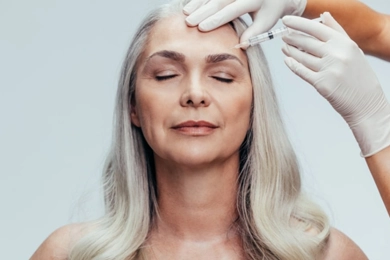 Can I Exercise After Botox?
Can I Exercise After Botox?In this article, we will examine the effects of exercise on Botox and offer some guidelines for exercising safely after receiving the popular cosmetic procedure. ...
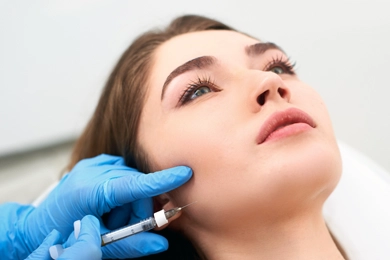 When Will You See Results After Masseter Botox?
When Will You See Results After Masseter Botox?There are several therapy options for bruxism, or the unintentional grinding or clenching of teeth. Injections of masseter Botox are one of the most well-liked and successful therapies. ...